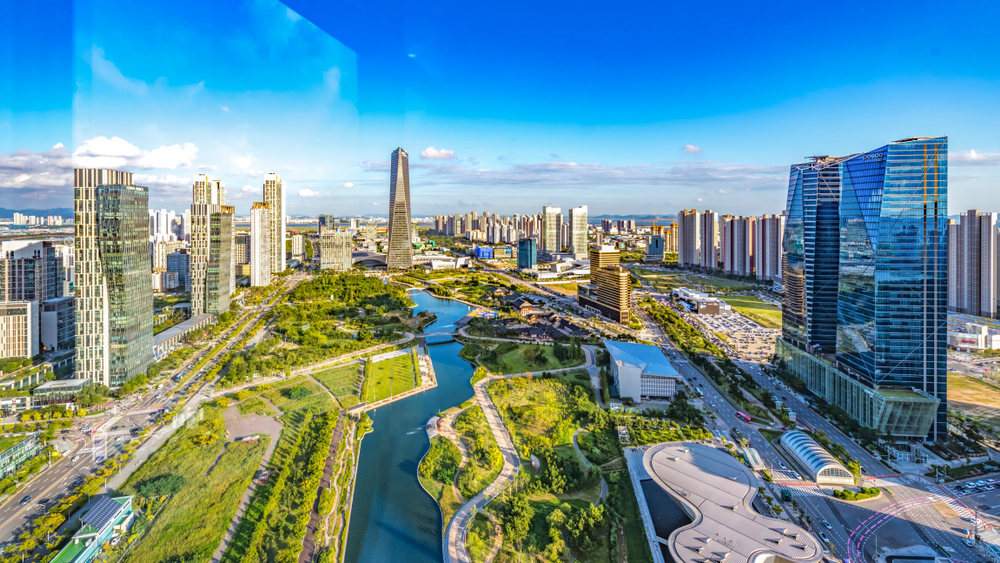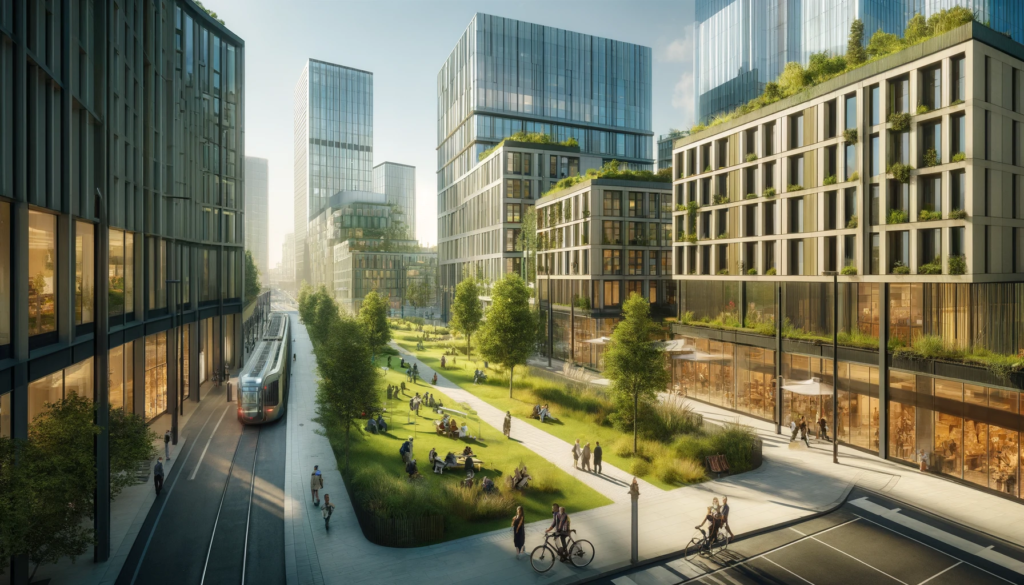
The built environment —comprising all man-made structures and spaces— significantly influences our physical health, mental well-being, social interactions, and environmental sustainability. This article delves into the technical aspects of how built environments affect these areas, emphasizing the need for thoughtful urban planning and architectural design.
Physical Health: Urban Design and Active Living
Technically speaking, the configuration of our built environments can either promote or hinder physical activity. Urban planners and public health officials often use tools like Geographic Information Systems (GIS) to map urban features that contribute to physical health. For example, the presence of interconnected bike paths, pedestrian-friendly sidewalks, and proximity to public transport can be quantitatively assessed for their impact on active living. Studies correlating urban design with health outcomes often find that well-planned neighborhoods with abundant access to active transport options exhibit lower incidences of obesity and cardiovascular diseases.

Mental Well-being: Biophilic Design Principles
From a technical standpoint, biophilic design—which integrates natural elements into the built environment—has been shown to enhance mental health. This approach is grounded in evidence that human beings have an innate tendency to seek connections with nature. Technical applications of biophilic design include the strategic use of natural lighting, indoor vegetation, natural ventilation systems, and the incorporation of landscape views into regular visual scopes of buildings. Psychological studies quantifying the impact of these elements have documented reductions in stress levels and improvements in mood and cognitive function among occupants.
Social Interactions: The Role of Public Spaces in Social Cohesion
The design and strategic placement of public spaces significantly impact social interactions. Technical tools like spatial analysis and social mapping are utilized by urban planners to optimize the location and design of public spaces, ensuring they are accessible and inviting to a diverse population. Theoretical frameworks such as Space Syntax are employed to analyze and predict the flow of people through different urban layouts, enhancing the social connectivity of a community by fostering more organic interactions.

Environmental Sustainability: Green Building and Sustainable Urbanism
On the environmental front, technical advancements in green building technologies and sustainable urban planning are pivotal. LEED (Leadership in Energy and Environmental Design), BREEAM (Building Research Establishment Environmental Assessment Method), and other certification systems provide frameworks for evaluating the sustainability of building designs and constructions. These systems consider energy usage, water efficiency, material selection, and overall environmental impact. Urban sustainability also benefits from the integration of renewable energy systems, sustainable water management practices, and waste reduction practices at the community planning level.
Economic Implications: Economic Modeling and Value Impact
Technically assessing the economic impact of built environments involves economic modeling techniques that consider both direct and indirect effects. Property value assessments, job creation metrics, and business activity indices are often used to gauge the economic vitality brought about by well-designed urban spaces. Moreover, regression analysis can isolate the effect of specific urban design features on economic outcomes, providing a more nuanced understanding of how built environments drive economic growth.

The built environment is a complex interplay of architectural design, urban planning, and the technical systems that support them. As urban populations grow, the technical challenges of creating health-promoting, mentally stimulating, socially inclusive, and environmentally sustainable urban spaces also increase. By employing a technically informed approach to urban design, we can create built environments that not only meet functional needs but also promote a higher quality of life. This commitment to technical excellence in design and planning is crucial for developing future cities that are not only livable but thriving.

